The Origins of La Habra Marketplace - La Habra Fashion Square
La Habra Fashion Square opened its doors on August 10, 1968, marking a major development in the city of La Habra, California.
Developed by Bullock's, one of the region's most well-known department store chains, the mall aimed to serve as a regional shopping destination.
It was the last and largest of the "Fashion Square" malls, following others built in places like Santa Ana and Sherman Oaks.
Welton Becket and Associates handled the architecture, a name that carried weight in design circles at the time.
The mall spanned 40 acres and offered around 565,618 sq ft of retail space. Its size alone made it a centerpiece of commercial life in the area.
Half of that space was taken up by the massive Bullock's store, which made it the anchor of the mall.
Alongside Bullock's were other department stores, such as Buffum's, which covered 120,000 sq ft, and Joseph Magnin, a more boutique-style department store.
At its grand opening, La Habra Fashion Square attracted a variety of stores.
Hickory Farms, B. Dalton Bookseller, See's Candy, and Silverwoods are all set up in this shiny new retail haven.
Even banks like United California Bank and Crocker-Citizens Bank wanted in on the action.
To top it off, a few well-known restaurants like Fiddler's Three and Don Paul made the mall a place not just to shop but also to grab a meal or hang out with friends.
However, despite all these amenities and careful planning, the mall didn't perform as well as expected.
The original plan relied on the construction of two nearby freeways - Imperial Highway (SR-90) and Beach Boulevard (SR-39).
But those freeways were delayed, and the anticipated traffic never materialized.
La Habra Fashion Square began to face tough competition from other malls, and this would only get more challenging as time went on.
Decline and Struggles
By 1987, La Habra Fashion Square was facing tough times.
The mall's sales performance fell far short of expectations, and this was reflected in its numbers.
It generated $27.8 million annually, which placed it second among the 14 regional malls in Orange County.
Worse yet, when it came to sales per square foot, the mall ranked dead last among 48 regional shopping centers in Southern California, with about $50 per square foot.
To put that into perspective, South Coast Plaza, one of the top-performing malls in the area, was pulling in $190 per square foot.
Several factors contributed to this disappointing performance. One of the main issues was the mall's location.
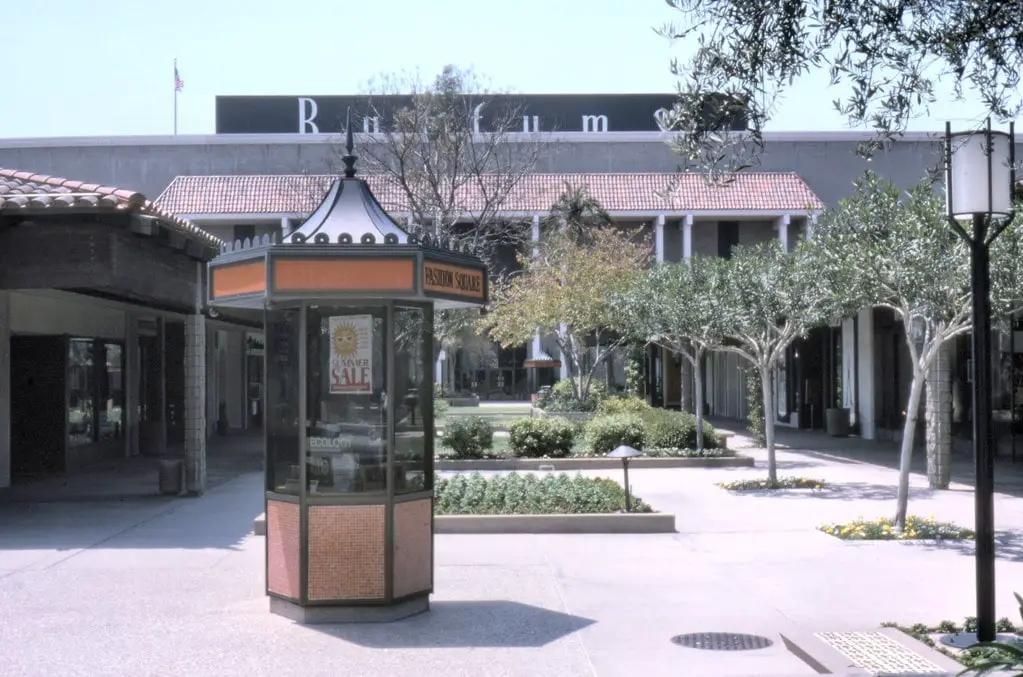
Although originally intended to be accessible via two major freeways, the delays in constructing the Imperial Highway and Beach Boulevard freeways meant the heavy traffic never came.
Shoppers were simply going elsewhere.
Competing malls, like those in nearby Brea or Fullerton, were drawing in more customers, leaving La Habra Fashion Square to struggle in their shadow.
As a result of these challenges, retailers began to reconsider their investment in the mall.
Bullock's, which had been the anchor tenant, experienced declining sales and eventually decided to close its doors in 1992.
The closure of such a major store signaled that the mall's days were numbered.
By this point, Buffum's had already left, and smaller shops followed suit.
The economic reality was clear - La Habra Fashion Square was no longer a viable retail center.
Redevelopment into La Habra Marketplace
After Bullock's closure in 1992, it was clear that La Habra Fashion Square needed a drastic transformation.
In the late 1990s, the decision was made to redevelop the site into a new kind of shopping center.
The old mall structure was demolished, and in its place, developers created an open-air strip mall - what we now know as La Habra Marketplace.
This redevelopment wasn't just a facelift - it completely reimagined the space.
The new La Habra Marketplace covered 375,000 square feet, significantly smaller than the original mall's footprint.
The shift from an enclosed mall to an open-air design reflected changing retail trends.
Strip malls were gaining popularity because they were easier to navigate, allowed for more diverse tenant types, and attracted shoppers who preferred a more accessible, less traditional mall experience.
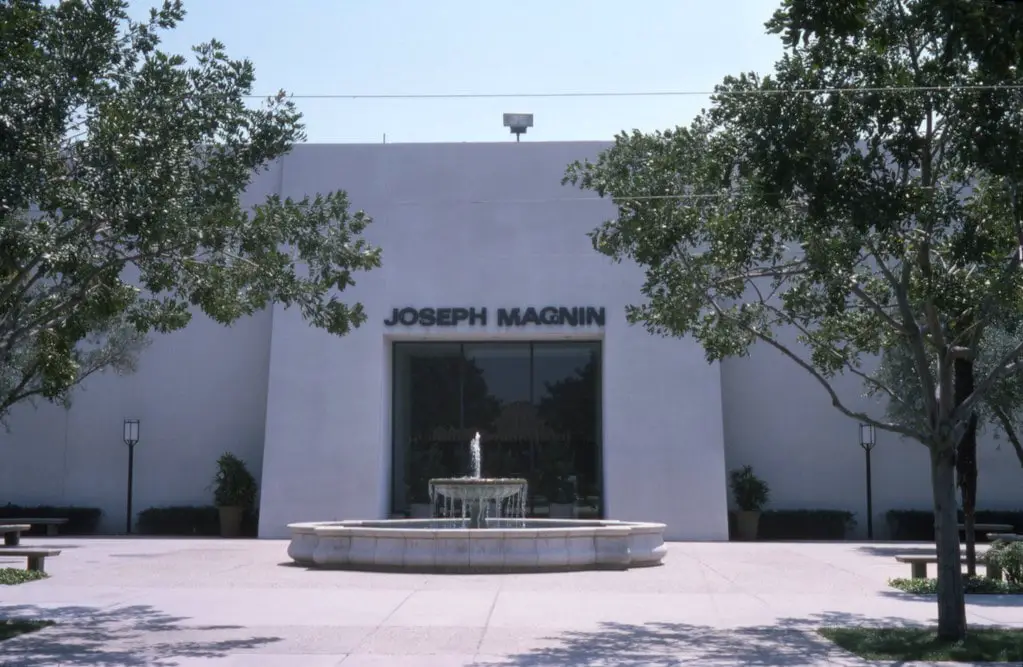
New tenants moved in, bringing a fresh wave of retail activity.
Among the first were Smart & Final, which took over the space previously occupied by Drug Emporium, and LA Fitness, which helped anchor the center with its fitness offerings.
Ross Dress for Less also opened a shop that appealed to budget-conscious shoppers.
Sprouts Farmers Market later replaced OfficeMax, offering natural groceries and attracting a different kind of customer.
This revitalization breathed new life into the area, catering to changing consumer preferences.
The focus was now on convenience, value, and variety, with stores that could meet a wide range of needs - from fitness to food.
The redevelopment of La Habra Marketplace created a retail space that better reflected the demands of modern shoppers, ensuring the site's relevance in the years to come.
Recent Developments
New Krispy Kreme Doughnuts Drive-Through
Exciting developments are underway at La Habra Marketplace, including the construction of a brand-new Krispy Kreme Doughnuts drive-through restaurant.
Located at 1201 W. Imperial Hwy, this new addition will occupy the site that previously housed the Banc of California.
The arrival of Krispy Kreme is set to enhance the retail mix at the Marketplace, offering both locals and visitors another convenient dining option and quick service.
The new Krispy Kreme will feature a 24-hour drive-through, catering to those in need of a late-night snack or early-morning pick-me-up.
For those who prefer a sit-down experience, the dine-in area will operate from 5:30 am to 10 pm daily, giving patrons plenty of opportunities to enjoy a fresh doughnut and coffee.
With its flexible hours, Krispy Kreme aims to serve a broad range of customers, from early risers to night owls.
Krispy Kreme's menu will feature a variety of products, from their famous glazed doughnuts to ice cream and hot and iced coffee.
The location will also supply products to local businesses, such as grocery stores, motels, and hotels, in addition to serving individual customers.
This makes the new Krispy Kreme a valuable addition to the community, supporting local commerce while providing delicious treats.



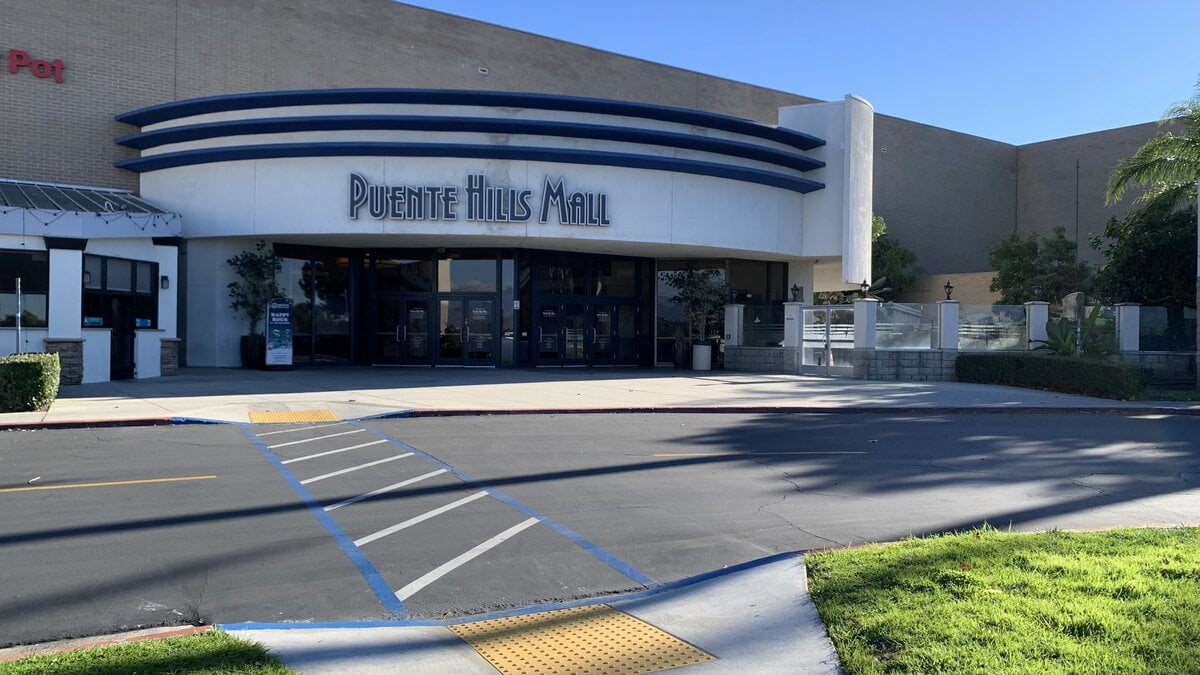
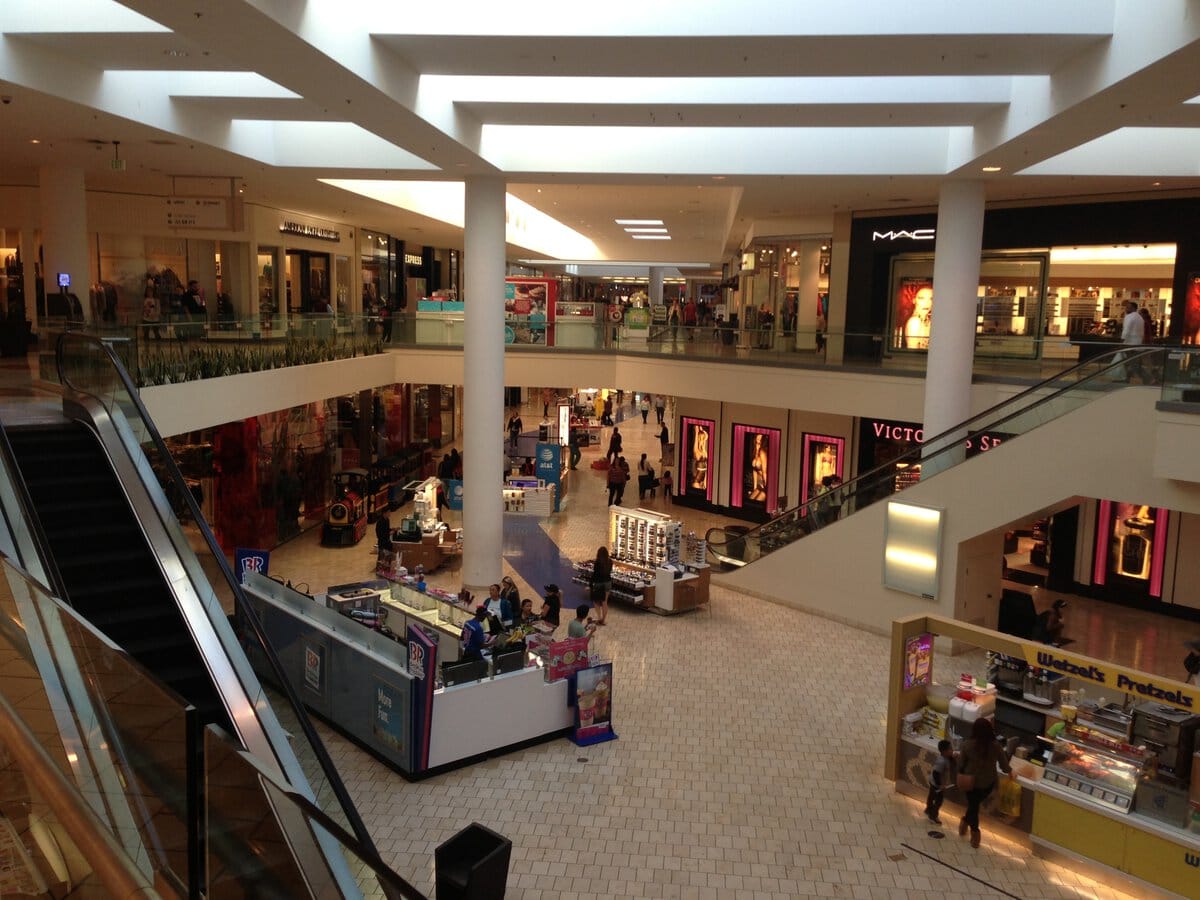
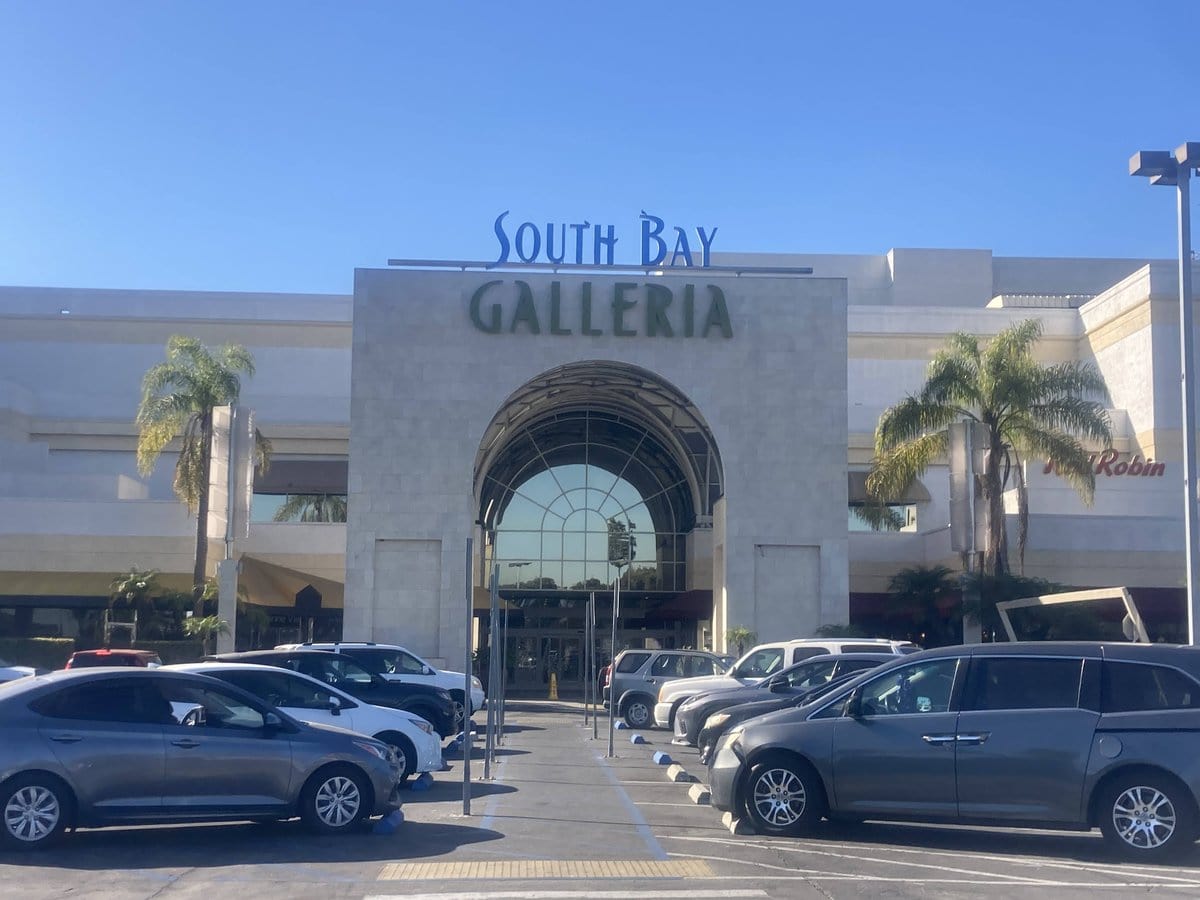
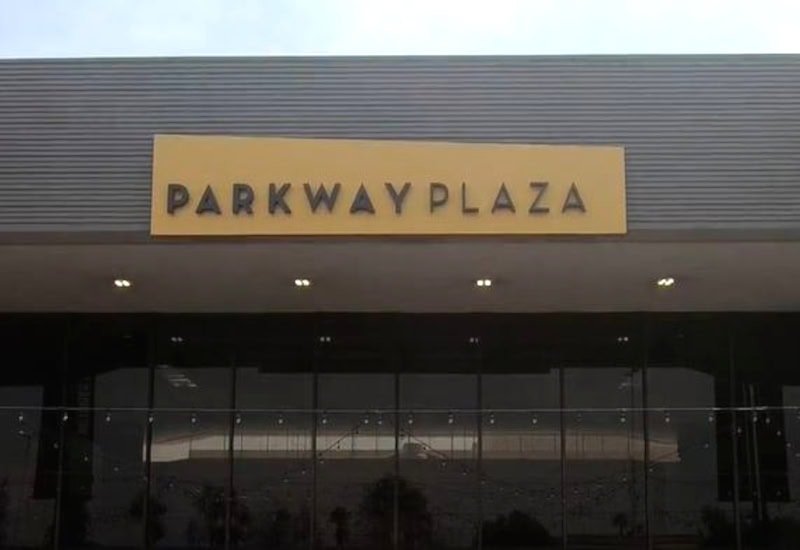
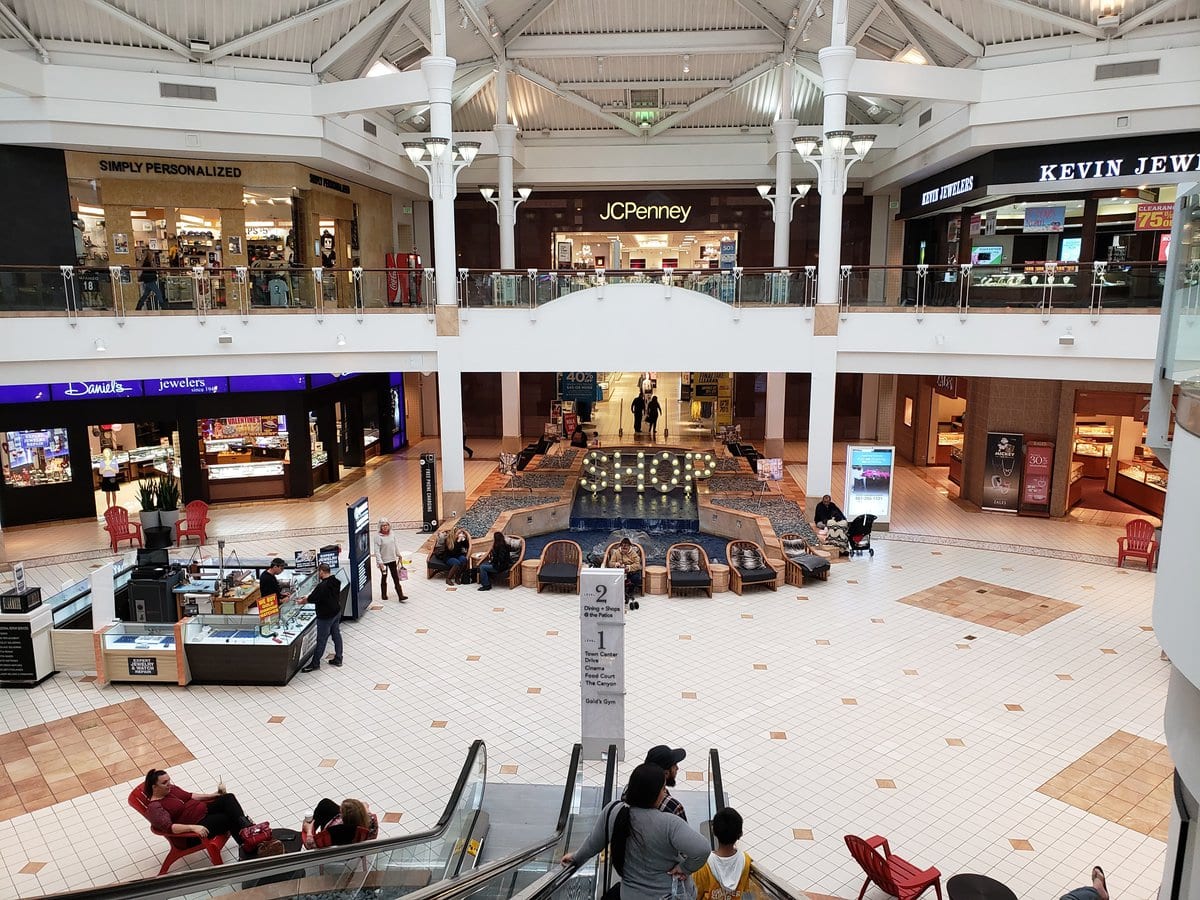
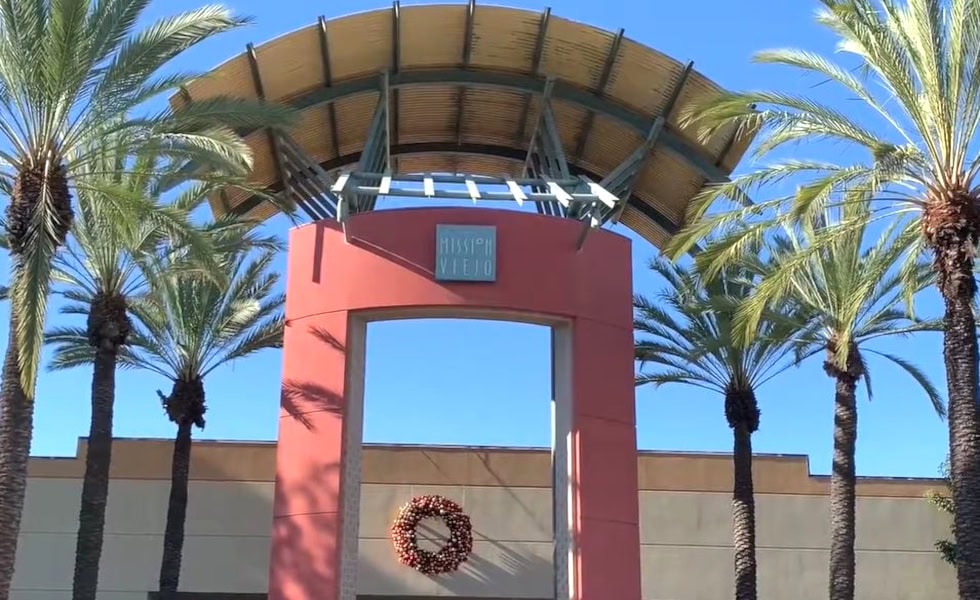
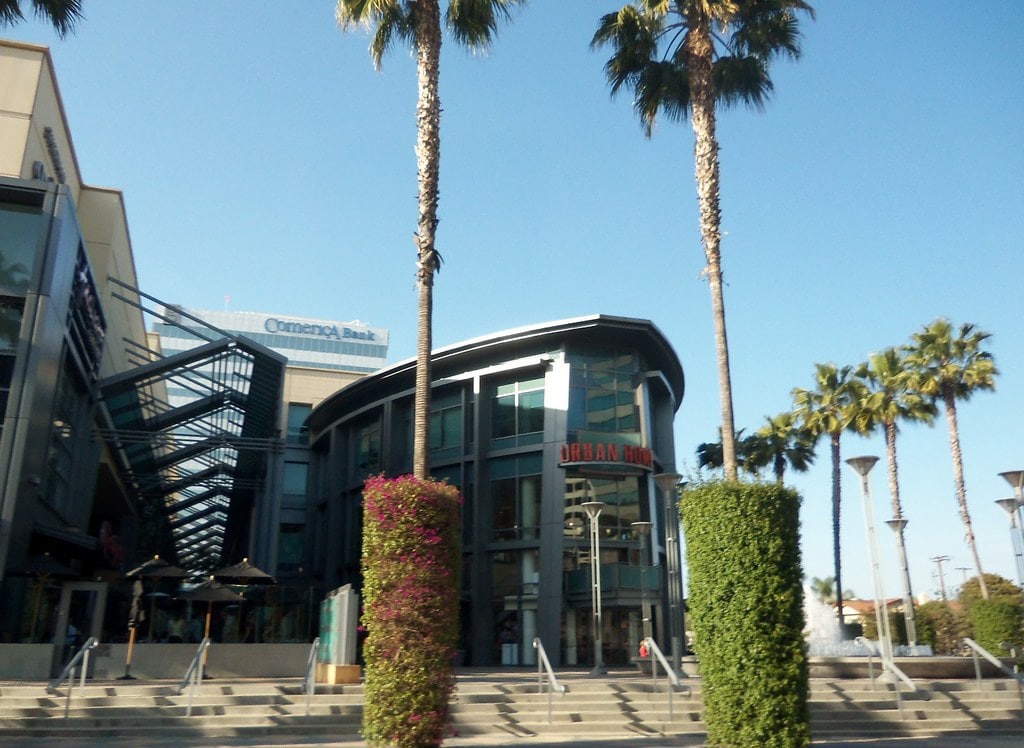
I worked at Bullocks back in 1968 and there was a little boutique right outside of it, but I can’t remember its name. It was kind of pricey. I moved further inland (Ontario) and didn’t even realized it had closed and changed. Thanks for all your info!
Bullock's in 1968 must have been a striking place to work. Many people still talk about how that store anchored the mall and gave it a certain shine.